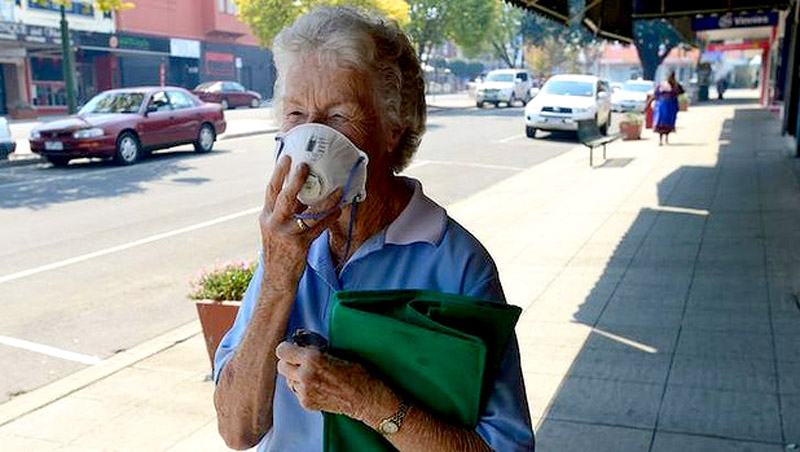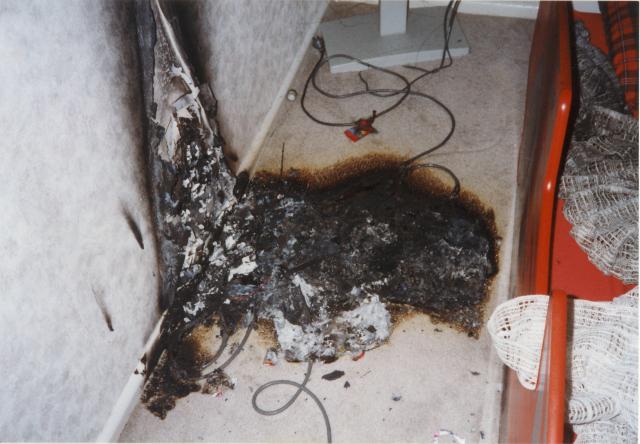Morwell residents are not expected to suffer long-term health consequences from the smoke and ash that has covered the town due to a fire in a nearby coal mine, according to the state’s chief health officer Rosemary Lester.
Moving to reassure worried and increasingly angry residents, many of whom live within one kilometre of the smoking coal mine, Dr Lester said stronger health messages would be released to the community if they were necessary, based on air quality monitoring.
Locals have complained of headaches, nausea, dry throats and sore eyes because of the fire, and some have left town to stay with relatives or friends in other communities, such as Bairnsdale.
About 25,000 face masks have been made available, at least 185 residents have visited the health assessment centre in Morwell, and 60 residents have visited the respite centre in Traralgon.
But although an evacuation plan has been drafted in response to the fire, Fire Services Commissioner Craig Lapsley said it was unlikely residents would need to be evacuated. Preparing an evacuation plan for a ”worst-case scenario” was a standard procedure, he said. But he added: ”We have not seen a spike of carbon monoxide that would generate the need to consider an evacuation.”
Mr Lapsley, during a visit to the incident control centre at Traralgon, warned that the fire could worsen on Tuesday because of high temperatures and stronger winds. He also warned the fire, which started on February 9, could burn for at least another fortnight.
”Tomorrow is another very warm day, with wind. Our firefighters are doing everything they can to ensure there isn’t fire extension tomorrow, but there’s no guarantee. So we could lose yet again, the battle of putting it out, by just weather conditions alone,” he said.
Mr Lapsley also described the fire, burning deep into the surface of a ”worked-out” part of the coal mine, as the ”trickiest fire” confronted by firefighters this summer.
He said the fire was about three kilometres long in steep banks about 120 metres tall. But he said it was about half the size it was on February 11.
In response to questions about the potential for long-term health impacts from exposure to the smoke and ash, Dr Lester said: ”We don’t expect that there will be any long-term health effects, based on what we’re seeing from the EPA at the moment.”
Environment Protection Authority chief executive John Merritt said the organisation would do weekly sampling of the coal ash from the fire until the incident was over, acknowledging the ash was a major concern for residents. ”It’s obviously a very, very unpleasant situation,” he said.
Meanwhile, Fairfax Media has confirmed that authorities have drawn up plans for 10,000 people to be evacuated from Morwell in a worst-case scenario.
The confidential plan by Victoria Police, issued on February 17, states that if evacuation is necessary it is likely less than 1000 people would vacate the town.
Most of these people would probably leave of their own accord, the document said, with the remaining several hundred residents being advised to leave and assisted by authorities.
It outlines a number of scenarios, including the partial evacuation of Morwell – with residents living south of the railway line told to leave – and the evacuation of all residents and businesses in Morwell. The worst-case scenario is the evacuation of about 10,000 people.
The plan says air quality could vary significantly from time to time, which could mean people may need to be evacuated, could then return home, and be evacuated again. ”Evacuation may in some ways be cyclic.”







